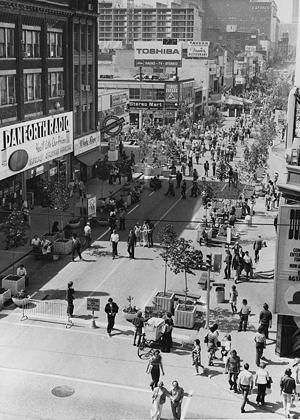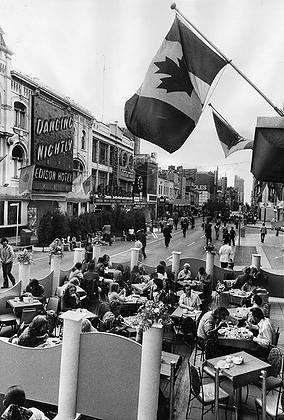• Design or physical value, meaning that the property
– Is a rare, unique, representative or early example of a style, type, expression, material or construction method; or
– Displays a high degree of craftsmanship or artistic merit; or
– Demonstrates a high degree of technical or scientific achievement.
• Historical or associative value, meaning that the property
– Has direct associations with a theme, event, belief, person, activity, organization, or institution that is significant to a community; or
– Yields, or has potential to yield, information that contributes to an understanding of a community or culture; or
– demonstrates or reflects the work or ideas of an architect, artist, builder, designer or theorist who is significant to a community.
• Contextual value, meaning that the property
– Is important in defining, maintaining or supporting the character of an area; or
– Is physically, functionally, visually or historically linked to its surroundings; or
– Is a landmark.
(drawn from
this PDF)

